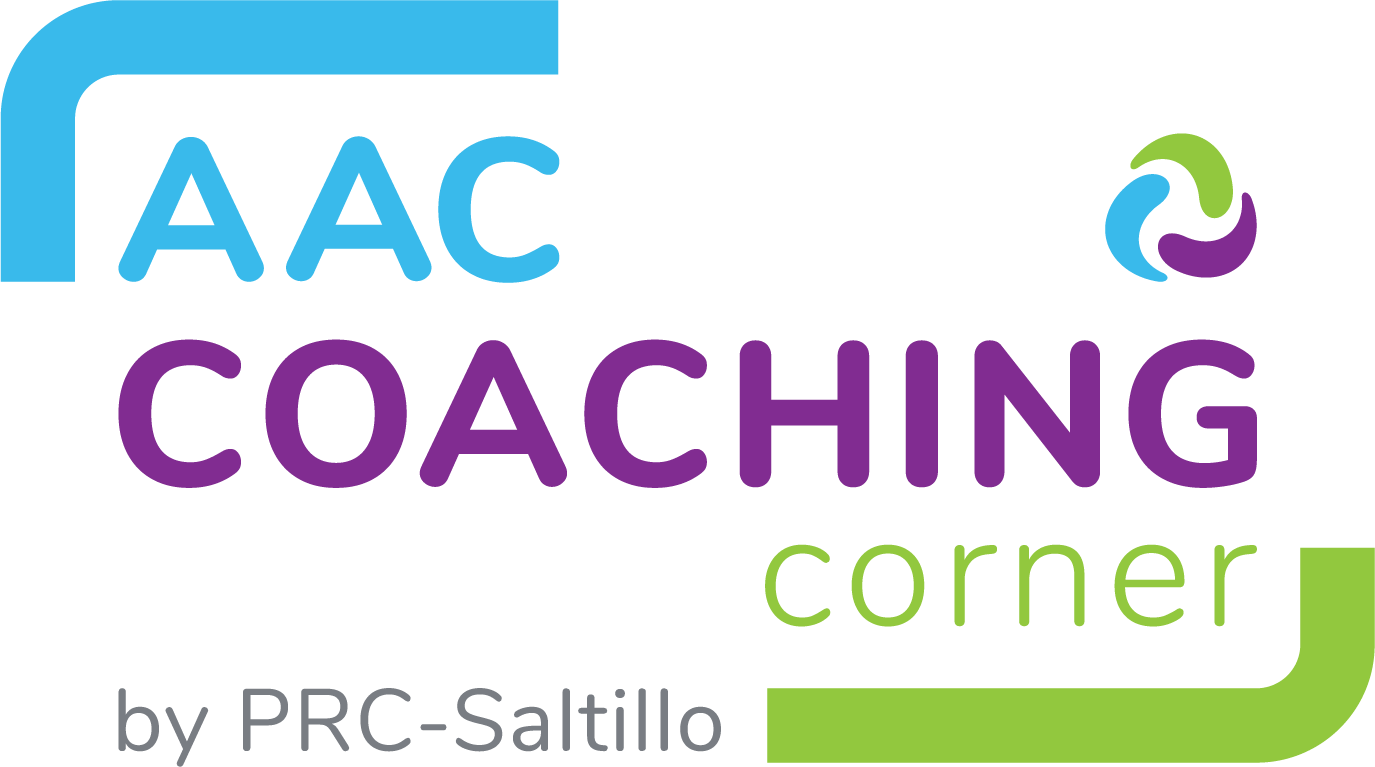Establishing the medical necessity of an SGD for your client is the primary goal of your SGD evaluation report and it can be a daunting task. What are medically based funding sources looking for in SGD evaluation reports that will satisfy this requirement of establishing medical necessity? Make the path to proving medical necessity a little less daunting by following these ideas, hints and tips.
How to Make a Case for Medical Necessity
- Establish that there is a need for the device: Show the client needs the device by providing real-life examples of what has occurred in the client’s life without a functional means of communication. What situations have occurred that have potentially put the client at risk, due to the fact that the client was attempting to communicate medical needs without a functional means of communication. The facts that establish that an SGD serves a medical purpose related to coverage will also establish that it’s medically necessary.
- Give examples of the client attempting to communicate his/her medical needs with a parent, caregiver, school personnel, medical professional, community member, etc. (e.g. he/she has pain, he/she is hurt, or trouble swallowing, or trouble breathing)
- Get examples from the parents, caregiver, school staff of situations when the client’s well-being was at risk due to the lack of functional communication which led to the inability to be understood
- Consideration of alternatives: The SLP must discuss other device alternatives that could be used to treat the client’s condition. Consideration of alternatives, first for appropriateness and then for cost, is a required element of ALL SGD evaluation and reporting guidelines (Lewis Golinker, Esq., Public School Students: Who Can Pay for SGD’s?, https://www.youtube.com/watch?v=O08OJopBH9s).
Keep in mind, the SLP must state in the report that the SGD is treatment for the client’s communication impairment and that there is no other form of speech/language treatment that will enable the client to meet daily communication needs using natural communication methods. The report should state, “This finding led to consideration of AAC/SGD interventions, and to the conclusion that an SGD is the most appropriate form of SGD treatment that will enable the client to meet daily communication needs.”
Then report must explain why particular SGD model was selected and recommended.
- Identify basic components of the SGD that the client needs.
- Make sure you consider and rule out a device in an E-code from a lower priced category (e.g. discuss and rule out an E-2504, E-2506, or E2508 device, such as a GoTalk, TechSpeak or Lightwriter if you are recommending an E-2510 device, such as a NovaChat 8) and one with the same E-code (e.g. E-2510, such as a NovaChat 12 if you are recommending another E-2510 device, such as an Accent 1400), that might be seen as “an equally effective alternative to meet the client’s needs.”
- Support the recommended device with solid evidence obtained through external or research sources, clinical data you’ve collected during the trial, the client’s personal preferences, values, and the expectations of the client and family. (Use examples – show the relevance of the device through actual utterances the client was able to generate, with daily communication partners across communication environments).
- Rule out other devices based on things like poor performance (demonstrated through data). Compare the performance of the recommended device to rejected device in terms of number messages generated, ability to communicate intended message, accuracy and rate of message generation
- Discuss client preference and expectations of the client and family (e.g. The student showed no interested in these SGDs. The vocabulary/memory capacity of the device is below what the client needs to support client’s communication abilities and medical necessity. For these reasons the device was rejected).
- Make sure you Use Examples
- Show the relevance of the device through actual utterances the client was able to generate. Show that doors opened to the client that didn’t previously exist when the client was able to communicate with new people, and in new environments. Or show that the client was able to communicate something new and novel that familiar communication partners didn’t realize or know about the client before using the recommended SGD. Provide a picture of the versatility of the device with varied communication partners, and in various communication settings.
- Provide examples and data gathered during evaluation of the device. Through these examples, you give the Health Benefits Program reviewers context and understanding of the benefit of the device for the client that doesn’t come from generalized statements about the device (e.g. “The device can be used by the client to communicate his basic needs and wants with his caregivers.” This is not as effective as, “The client used the device to tell his parents that he does not like to wear yellow shirts. The client told his mom, “No yellow. Don’t like,” to communicate his clothing preference while getting dressed at home.”).
– Beth Studdiford, M.S., CCC-SLP. Read additional articles by Beth.
Blog















